Buy Pluteus Nigroviridis
£260.00
Buy Pluteus Nigroviridis
Pluteus nigroviridis is a mushroom in the family Pluteaceae. Found in Europe, it was first described scientifically by Hungarian mycologist Margit Babos in 1983. Fruit bodies of the fungus contain the psychoactive compounds psilocin and psilocybin.Buy Pluteus Nigroviridis
After the morels have come and gone in Minnesota, there’s a bit of a variety season and the fawn is one of the first you might see. It’s a graceful looking mushroom with a delicate structure.
Their stem grows out from dead wood, (or buried stumps) hovering over logs in the woods kind of like little flying saucers. I don’t usually see these in huge fruitings, more or less there will be one or two here, then a couple there. They’re relatively easy to identify with a basic knowledge of mushroom I.D. techniques, and are worth collecting once in a while if there is nothing else.
Cooking
Pluteus are fun, albeit a bit brittle to work with. They have an interesting, radish flavor that makes for interesting uses with fresh vegetables and fish. If you smell the gills close up, you will notice a definite aroma of radishes. If you caramelize and brown them in a pan, this flavor leaves and they take on a taste that is more mushroomy and earthy. If you stew them, without caramelizing though, the radish flavor will remain. Buy Pluteus Nigroviridis
Identification
- The fawn mushroom has a tell tale “nipple” on its cap, called being umbonate
- Very young mushrooms may have a totally brown cap
- These are decent sized mushrooms, I usually pick ones that have caps at least 4 inches in diameter.
- As the mushroom grows older, it’s cap might flip up like an umbrella as it shoots its spores and matures.
- The cap may develop little cuts or slices in it as it grows, almost looking like someone sliced it with a knife, or cut small chunks from it.
- The gills of the mushroom have a sort of pinkish red tint to them.
- Notice in the picture below that the gills also do not touch the stem.
- These always grow directly from wood, but remember to check the ground for signs of former trees, since mushrooms can grow from buried wood too.
- There will never be a “sac” or anything at the base of its stem resembling an egg, also the stem is totally bare and clean, with no evidence of any kind of ring or other decorations.
- The cap is composed mostly of gills that are packed tightly together, it’s thick, bushy, and brittle.
- It has a brownish-pink spore print
If you want to preserve some of these for later use, there are plenty of options. They can be sliced and dried easily, or even left whole. They have a mild flavor after re-hydrating that’s a decent addition to a stock or soup. Pickling them is always a fine option too, refer to my basic recipe for mushroom conserve.
Be the first to review “Buy Pluteus Nigroviridis” Cancel reply
Related products
Mushrooms
Mushrooms
Mushrooms
Mushrooms
Mushrooms
Mushrooms
Mushrooms
Mushrooms
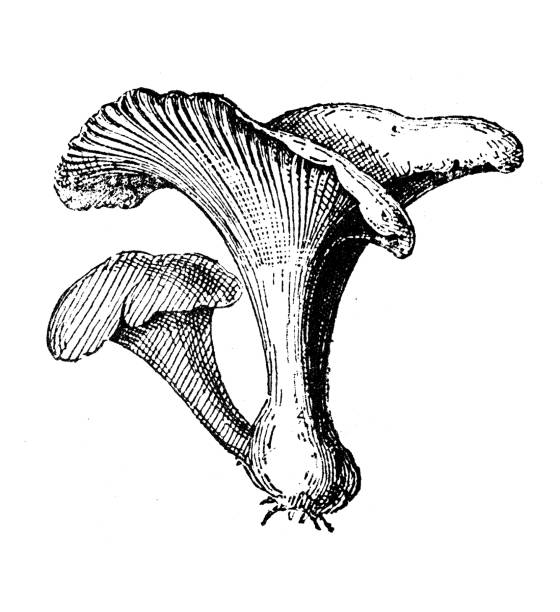
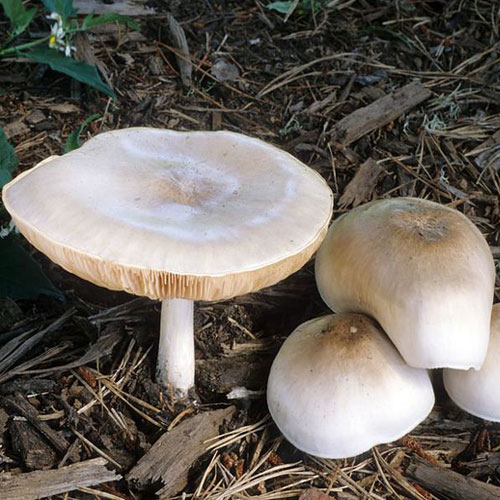
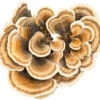
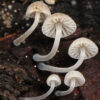


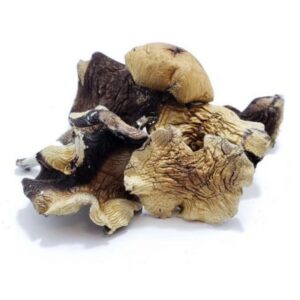
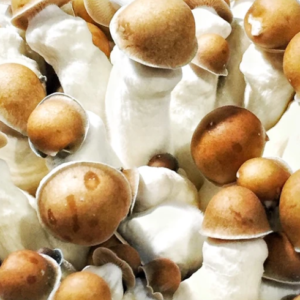




Reviews
There are no reviews yet.